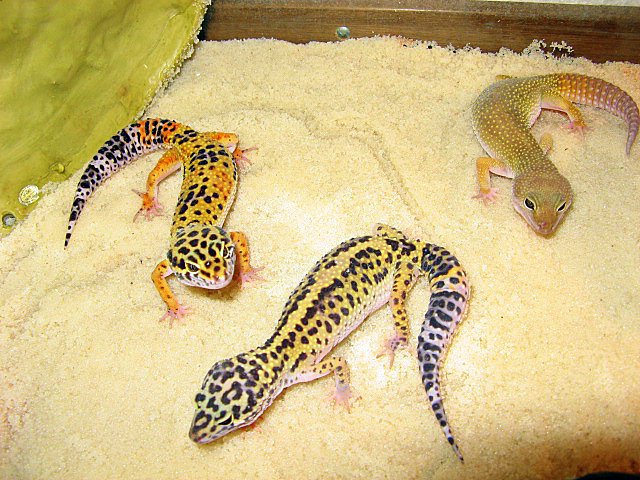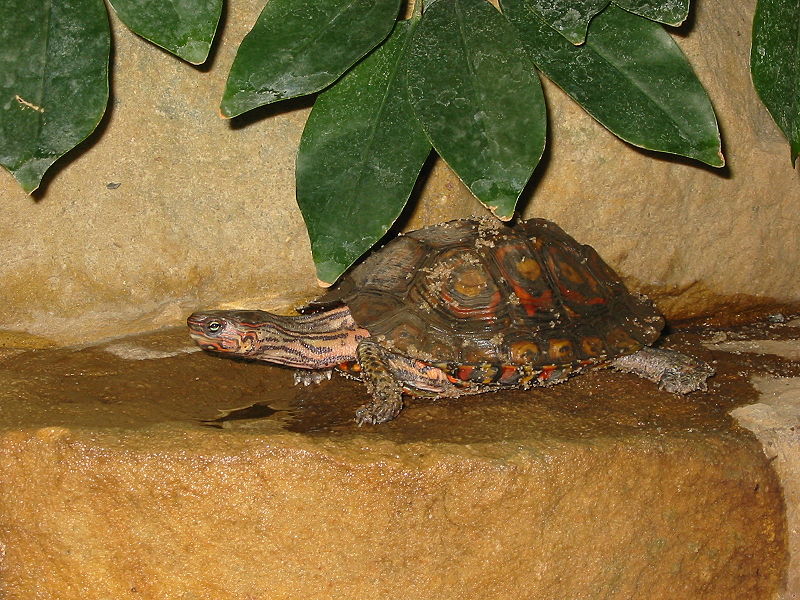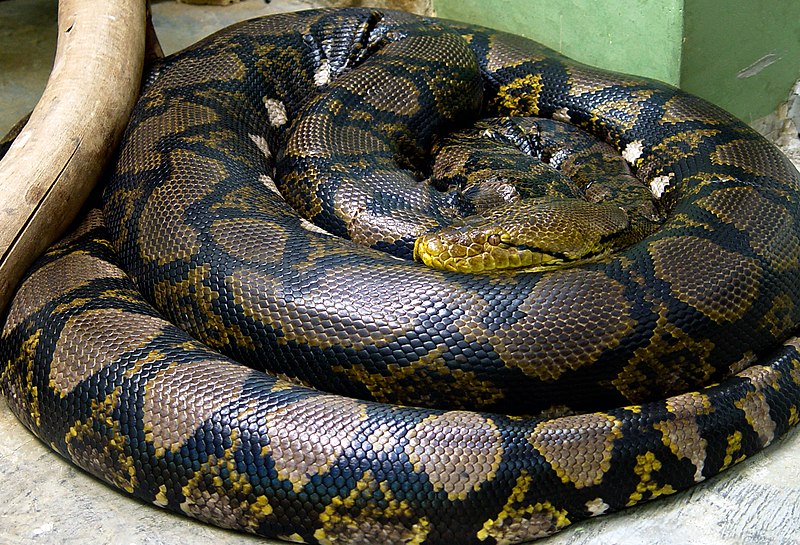 At some point, lizard keepers usually think about breeding their favorite species. The ever-popular Leopard Gecko, Eublepharis macularius, is an excellent choice for both novice and advanced hobbyists. It is a reliable breeder, yet the conditions that must be established if one is to succeed are similar to those required by many other species; a beneficial learning process is thus ensured. Experienced breeders have developed a huge array of color and pattern morphs, and many enjoy “tinkering” with the genetics of these in order to create unique new gecko strains.
At some point, lizard keepers usually think about breeding their favorite species. The ever-popular Leopard Gecko, Eublepharis macularius, is an excellent choice for both novice and advanced hobbyists. It is a reliable breeder, yet the conditions that must be established if one is to succeed are similar to those required by many other species; a beneficial learning process is thus ensured. Experienced breeders have developed a huge array of color and pattern morphs, and many enjoy “tinkering” with the genetics of these in order to create unique new gecko strains.
Note: Before attempting to breed any animal, it is important that you arrange homes for the youngsters. Please don’t assume that friends or pet stores will accept them…plan ahead.
Distinguishing the Sexes
Directly above the vent, you will see a series of “V” shaped bumps, the pre-anal pores. These are large and readily-visible in males and less-evident in females. Between the vent and the base of the tail, mature males also exhibit a pair of bulges, beneath which are the hemipenes. Please see the article below for a complete guide to determining your pets’ sex. Read More »
 That Reptile Blog – Reptile, Amphibian and Exotic Pet Care and Information
That Reptile Blog – Reptile, Amphibian and Exotic Pet Care and Information




